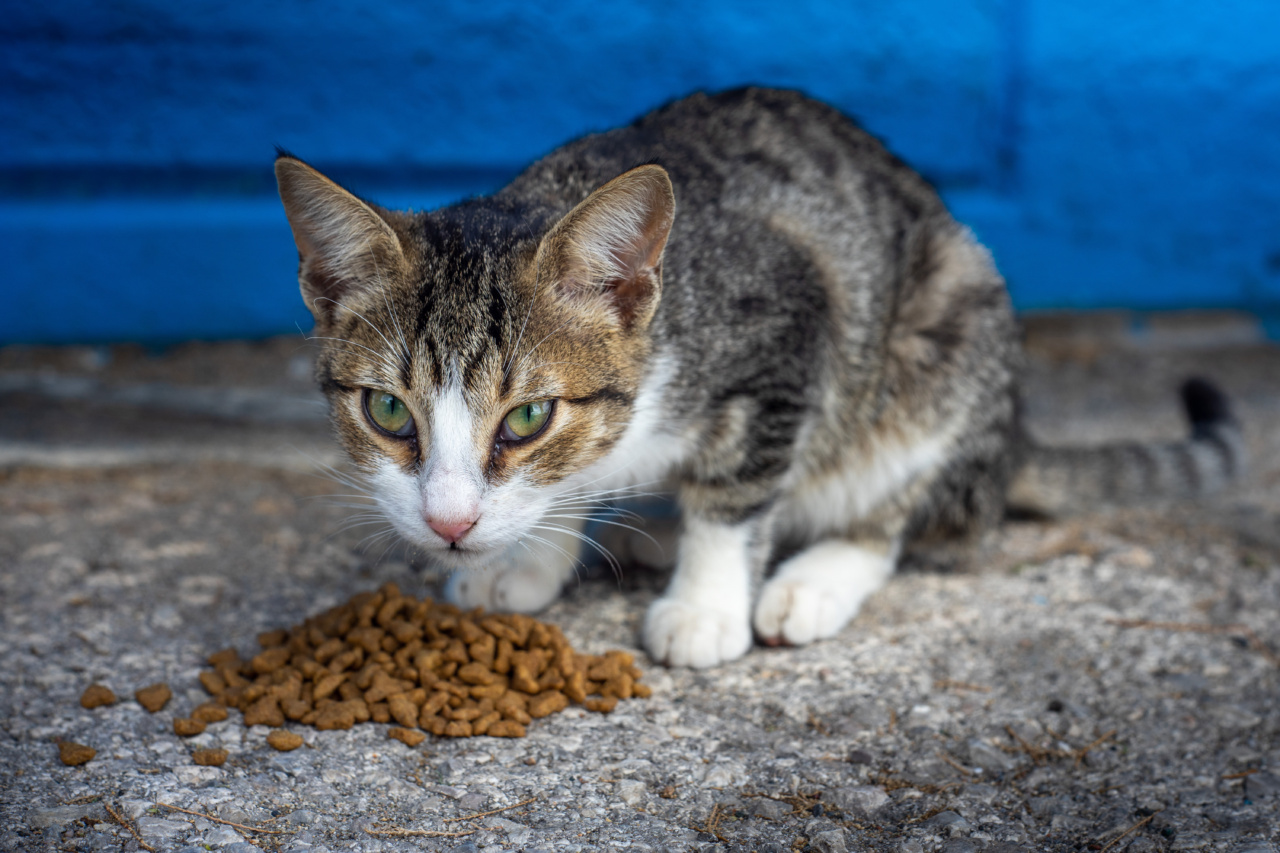As a pet owner, it is normal to want to provide your furry friend with the best possible diet.
However, what happens when your pet begins to experience symptoms such as itching, vomiting, diarrhea, and flatulence? These symptoms could be an indication that your pet is suffering from food intolerance.
What is Food Intolerance?
Food intolerance is a gastrointestinal response to foods that are not easily digested. When your pet consumes foods that they are intolerant to, it can cause a reaction in their intestine which could lead to inflammation and discomfort.
Food intolerance is not the same as a food allergy. With food allergies, the immune system sees an ingredient in your pet’s diet as harmful, which results in an allergic reaction.
On the other hand, food intolerance is a digestive response, and it happens when your pet’s body cannot digest a particular food component or additive.
What Symptoms Could Your Pet Experience if They Have a Food Intolerance?
Symptoms of food intolerance in pets can vary, but the most common ones include:.
- Vomiting
- Diarrhea
- Flatulence
- Itching
- Red, inflamed skin
- Ear infections
- Chronic or recurrent gastrointestinal upsets
Common Ingredients That Could Cause Food Intolerance in Your Pet
Some of the common ingredients that could lead to food intolerance in your pet include:.
- Wheat
- Corn
- Chicken
- Beef
- Pork
- Egg
- Grains
- Dairy
- Soy
- Artificial additives
How to Diagnose if Your Pet is Suffering from Food Intolerance
If you suspect that your pet may be suffering from food intolerance, you can take them to a vet for a diagnosis. The vet may recommend the following:.
- Elimination diets: This involves eliminating specific ingredients from your pet’s diet and reintroducing them one at a time to determine which one causes a reaction in your pet.
- Blood tests: In some cases, blood tests may be conducted to determine if there are any specific allergens in your pet’s bloodstream.
- Fecal testing: This test involves analyzing the stool to check for signs of inflammation caused by food intolerance.
How to Manage Food Intolerance in Your Pet
If your pet is diagnosed with food intolerance, there are several things you can do to manage their condition:.
- Avoid the problematic ingredient: Once you have identified the ingredient that is causing the reaction, eliminate it from your pet’s diet altogether.
- Switch to a hypoallergenic diet: A hypoallergenic diet contains limited ingredients that are less likely to cause a reaction in your pet. Speak to a vet to get recommendations on suitable brands.
- Supplements: Supplements such as probiotics, prebiotics, and digestive enzymes can help to support your pet’s digestive system and improve their overall health.
Conclusion
Food intolerance can be a challenging condition for pet owners to manage, but it is essential to recognize the symptoms and take the appropriate steps to ensure your pet’s comfort and well-being.
If you notice any of the symptoms we have discussed, we recommend that you consult a veterinarian to help diagnose and manage your pet’s food intolerance.



























